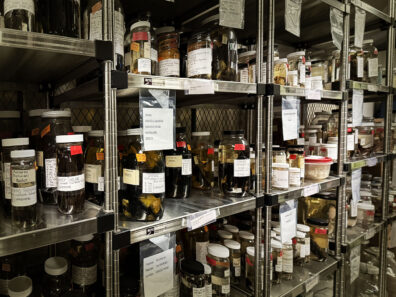What determines the size and shape of someone’s belly button? – Isana, 16, Washinton state
melissamayerDear Isana,
My belly button is a subtle scar on my tummy. It’s covered by fluffy cat fur—and it’s not easy to see. But humans have obvious belly buttons. They come in different sizes and shapes.
I asked my friend Cindy Brigham-Althoff about that. She’s a nurse midwife and professor at Washington State University. She teaches student nurses about birth.
She told me the scientific name for a belly button is umbilicus. It’s what’s left of your umbilical cord.
Before you were born, a temporary organ called the placenta grew next to you. A cord connected the placenta to a spot in the … » More …
Read More ...

